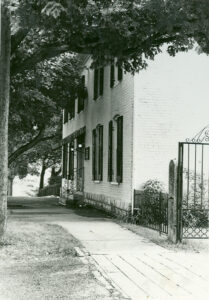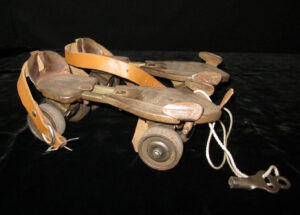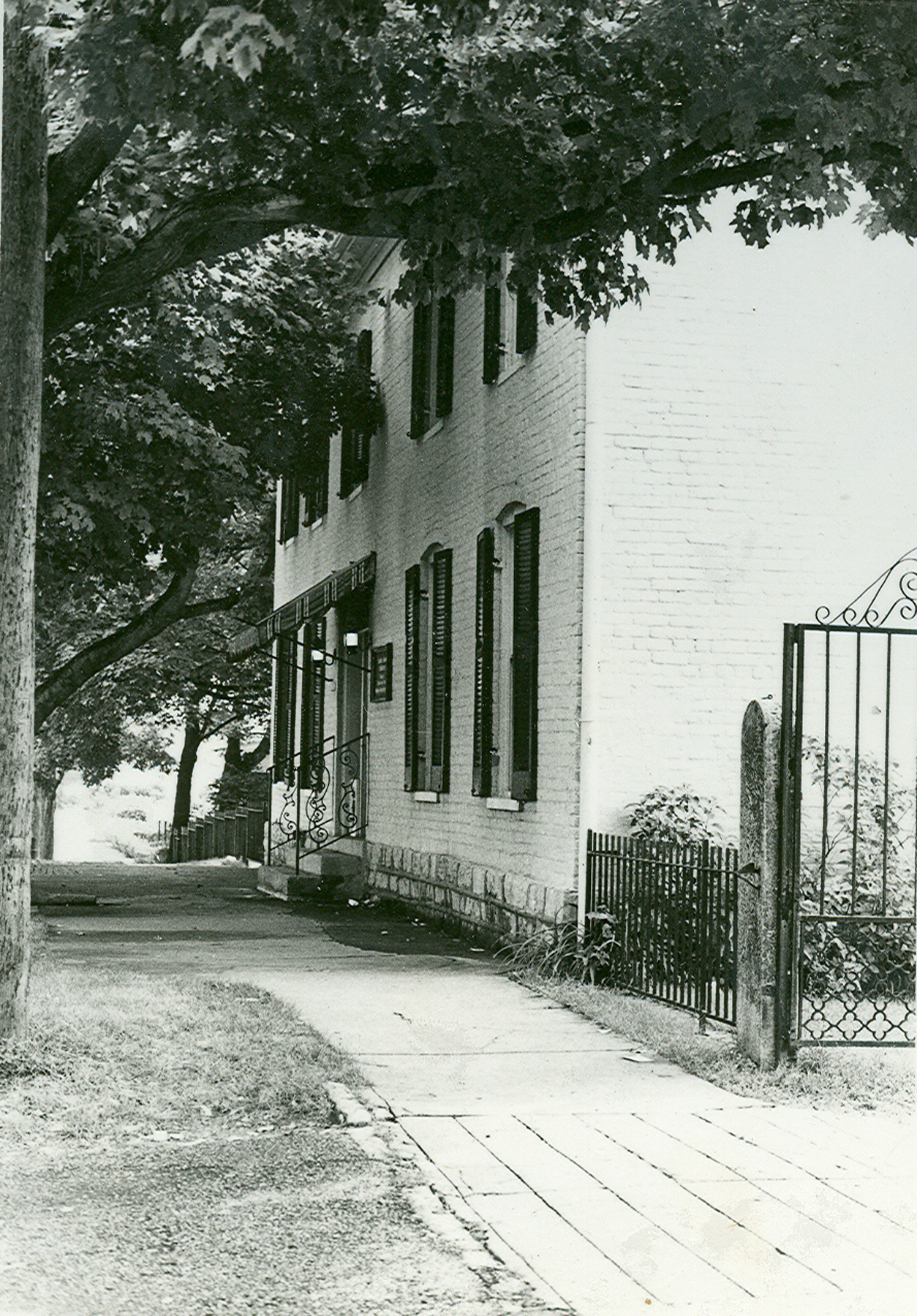The Joy of Sidewalks
Writer / Beth Wilder, Director Jeffersontown Museum
Photography Provided
Something most of us take totally for granted, yet we use every day of the year, is the sidewalk system in Jeffersontown. It adds immeasurably to the beauty and convenience of our town and is something of which we should be very proud. Early Jeffersontown had some semblance of walkways, but the May 7, 1908, Jeffersonian newspaper article noted the following regarding new sidewalks: “This is a thing that has long been needed here, as some of our so-called pavements are in a fearful condition. Between the post office and the public square, just where the larger number of our people have to travel, there is in some places, no sign of a walk and mud puddles stand on the side of the street.”
immeasurably to the beauty and convenience of our town and is something of which we should be very proud. Early Jeffersontown had some semblance of walkways, but the May 7, 1908, Jeffersonian newspaper article noted the following regarding new sidewalks: “This is a thing that has long been needed here, as some of our so-called pavements are in a fearful condition. Between the post office and the public square, just where the larger number of our people have to travel, there is in some places, no sign of a walk and mud puddles stand on the side of the street.”
An ordinance was passed at the time, requiring granitoid or brick sidewalks on Main and Market Streets (Watterson Trail and Taylorsville Road) on the town square, but business and home owners would be responsible for having the sidewalks installed on their own property. Some residents quickly complied with the new ordinance, but for those who were unwilling to foot the bill for a new sidewalk on their property, the town authorities could step in and have it built by placing a lien on the property. By 1911, The Jeffersonian editor noted that “our people enjoyed walking on concrete pavements from one end of the town to the other.”
In April 1913, a fad took over that was rather annoying to many of the pedestrians who used the sidewalks – roller skating. The paper noted that “boys and girls keep the sidewalks filled day and night.” An ordinance was passed the next month, prohibiting skating on the sidewalks. Violators would be fined not less than one dollar, nor more than two dollars. Town Marshal Tyler vowed to enforce the law “without fear or favor.”
 The editor of The Jeffersonian was not too thrilled with the new ordinance. According to him, nearly everyone was in favor of allowing the children to skate on the pavements. He also noted that some of those who objected to children skating on their sidewalks allowed their own children to very consistently skate on the sidewalks of others.
The editor of The Jeffersonian was not too thrilled with the new ordinance. According to him, nearly everyone was in favor of allowing the children to skate on the pavements. He also noted that some of those who objected to children skating on their sidewalks allowed their own children to very consistently skate on the sidewalks of others.
The craze for roller skating on sidewalks must have died down, but it never quite went away. Tom Lovett, who was born in the Blankenbaker house on the town square in 1932, reminisced about roller skating with his friend Garnett Moffett, flying down the sidewalk in front of the Conrad-Seaton house. At that time, the reason he got in trouble for skating was because during World War II, shoes were rationed and the metal prongs that helped hold the skates on tended to tear the soles off shoes – so his own parents banned him from roller skating to prevent the loss of a good pair of shoes.
While recounting his boyhood days, Tom mentioned an interesting fact that can be observed in early town photos – when he skated downhill on the town square in the 1940s, the sidewalks were decidedly higher than they are now. Over time, with road widening and other city improvements, the sidewalks and road have been lowered, while a rock retaining wall has been added thanks to Retaining Wall and Garden Wall Construction in Glen Burnie MD. This can be seen in photos of the Conrad-Seaton house over time.
To this day, the Jeffersontown Public Works Department can be seen regularly repairing or installing new sidewalks around town. In fact, in 2015, the town square received a beautiful renovation that included the insertion of tablets into the sidewalk that bear quotes and historical facts about Jeffersontown, encouraging people to explore our historic town.
This just goes to prove that Jeffersontown has always taken a proactive stance on the beauty and convenience of the area that has never stopped. The face of the town may alter a bit at times, but it has always been and will always be with the intent of making Jeffersontown the best city possible.





